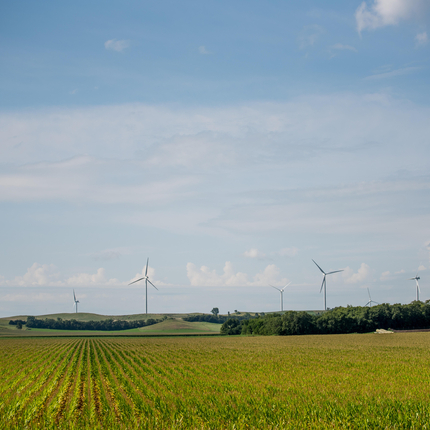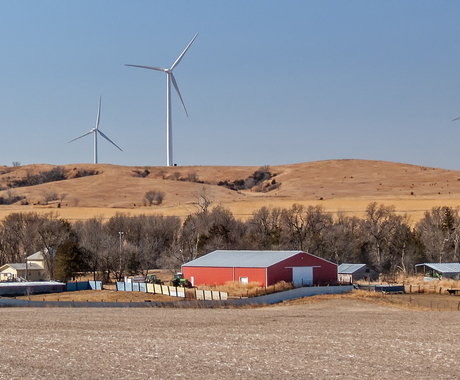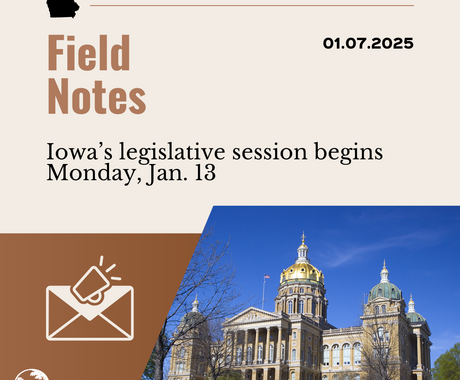Wind energy projects in North Dakota have generated millions of dollars in tax revenue for rural communities over the last several years. In 2015, the projects generated $1,126,934 in electric generation tax revenue, and, in 2016, they generated $7.7 million dollars in property tax revenue. This new revenue was used to fund schools, roads, and other essential services like fire and emergency medical services.
During the siting and development process, many people wonder what their community will get out of wind development. New tax revenue from a wind farm is something that provides benefits to an entire small town or county where projects are located. The millions of dollars of tax contributions came from 1,611 wind turbines across the state through property and electric generation taxes.
Property taxes refer to collections paid on operations buildings, access roads, and the foundations for wind turbines. These taxes are determined by the tax district where the property is located. Paired with electric generation taxes, these two taxes will proceed to collect millions of dollars in revenue as North Dakota continues to move to a cleaner energy portfolio. Currently, 27 percent of the state’s electricity is generated from wind.
Wind energy has proven to be an important economic development tool for counties and small towns. Wind energy expansion may be a strategy for localities to offset the need for higher local taxes while still allowing for adequate funding for local schools and other services.
A fact sheet reviewing the tax revenue contributions can be found at cfra.org/publications/WindEnergyTaxRevenueND.





